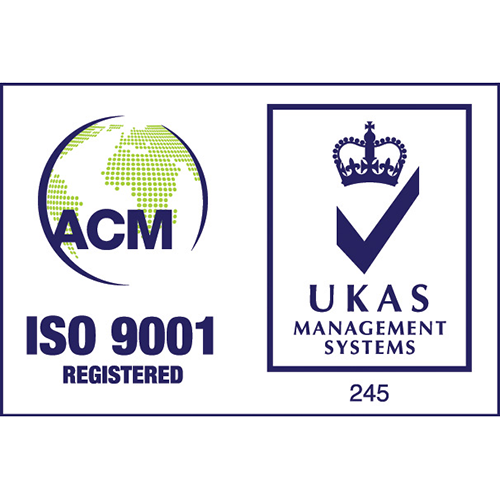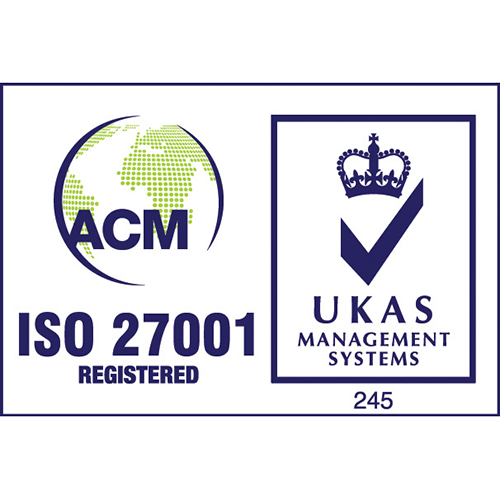Why Westminster is an Ethernet notspot for many SMEs – and how to put it right
Why Westminster is an Ethernet notspot for many SMEs – and how to put it right
According to the Department for Culture, Media & Sport, 93% of the UK is now served by superfast Ethernet broadband, with the number being boosted by a nationwide government effort to bring rural areas up to speed with urban areas.
Consumer rights group Which? has found the average UK service now achieves a download rate of 17Mbps, but look at the figures in more detail and the areas above and below that line might come as a shock.
Leading the list of most surprising Ethernet notspots, in the same league as the Highlands of Scotland and the Welsh Marches, is none other than the UK government’s own backyard: Westminster, managing a paltry 12.9Mbps. At the other end of the spectrum is the Staffordshire market town of Tamworth, weighing in at over 30Mbps!
These numbers do need to be taken with a pinch of salt as they reflect the speeds that business and residential subscribers report experiencing, rather than the maximum speeds available. But surely the sheer availability of faster services – in the heart of the most dynamic city on Earth – should make it overwhelmingly compelling to achieve better? The truth isn’t as simple as that…
The good, bad and ugly of providing Ethernet in dense urban areas
Sadly, the Westminster numbers do reflect a reality of supply as well as demand. So much so, in fact, that Westminster City Council has recently secured a £2.8m grant from the European Regional Development Fund to connect as many SMEs as possible within Westminster and the West End Partnership area to Gigabit-capable broadband connections. Why? Because, like any good public body that recognises the need for state intervention, the Council sees the provision of future proof broadband as essential to help businesses to grow and break down barriers to growth. Luminet is committed to the scheme, which provides vouchers worth up to £2,000 off new or upgraded connections running a minimum of 30Mbps (subject to qualification criteria). Interested parties can apply here, or contact their Luminet account manager for more details.
The big question within all of this is, “why don’t dense urban areas like Westminster have better services?” On one level, it does defy logic that a place with such high concentrations of population and infrastructure should have lower speeds than a common-or-garden suburban area or town. We have been told for decades that cities are best for Gigabit-capable fibre-based technologies because each metre of expensively dug fibre-optic cabling cost less per subscriber when you route it down a street of skyscrapers. Hence, there is an economic advantage to fibre providers to deliver seriously fast services in these areas.
But logic also tells you that there is a limit to how much room is available when the overriding topographical characteristic of an area is density. Sooner or later, that density comes back to bite you on the backside, not just in terms of the data capacity of the network itself but of its fundamental physical constraints. And this is no truer than in the case of fibre wayleaves.
Wayleaves are the permissions that allow small changes to civil infrastructure on someone else’s property. They are frequently sought and not so easily granted. If you’ve ever ordered a new fibre connection in central London, you will either find that your building is already served by your connection of choice, or that it isn’t. If the latter, then such is the density of buildings and property ownerships, you will invariably require some form of wayleave. The biggest downside to wayleaves is the delay they cause, which often exceeds two or three months.
Deploy faster for faster Ethernet connection speeds
The current issues experienced in Westminster, and other parts of London, explain the rising popularity of Gigabit Ethernet services like Luminet’s Wireless service that can be installed in 10 working days. The fixed wireless infrastructure required for Wireless Lite or Pro typically needs no wayleaves (it is a de-minimis installation on the roof), and its standard SLA of 99.95% puts it on a par with fibre-based Ethernet services – without the need for physical fibre. Speed is no issue either, delivering from 10Mbps up to 5Gbps symmetrical clear channel services.
Luminet’s Wireless Lite and Pro services are being offered as part of the Connect Westminster scheme, either as a standalone service or in conjunction with fibre connectivity in the form of a diverse and fully-redundant 100% Always On solution for cloud services.
Discover more about Luminet’s offers related to the Connect Westminster scheme here.








